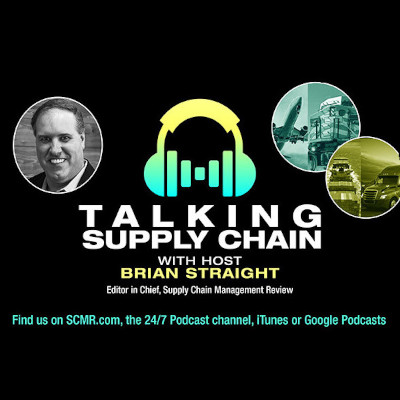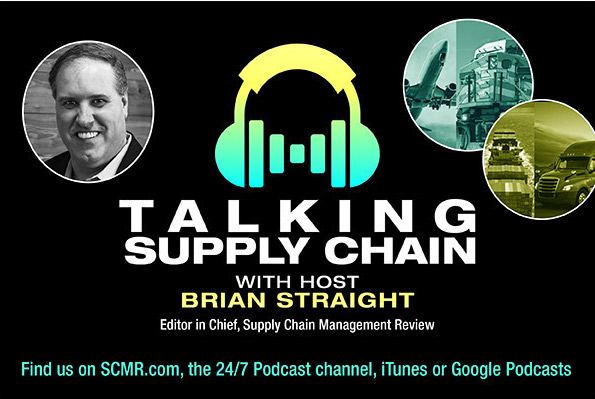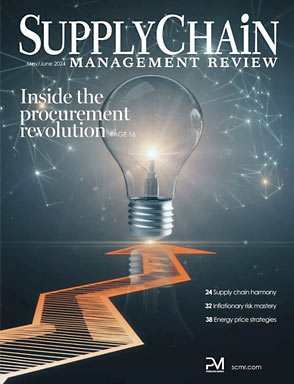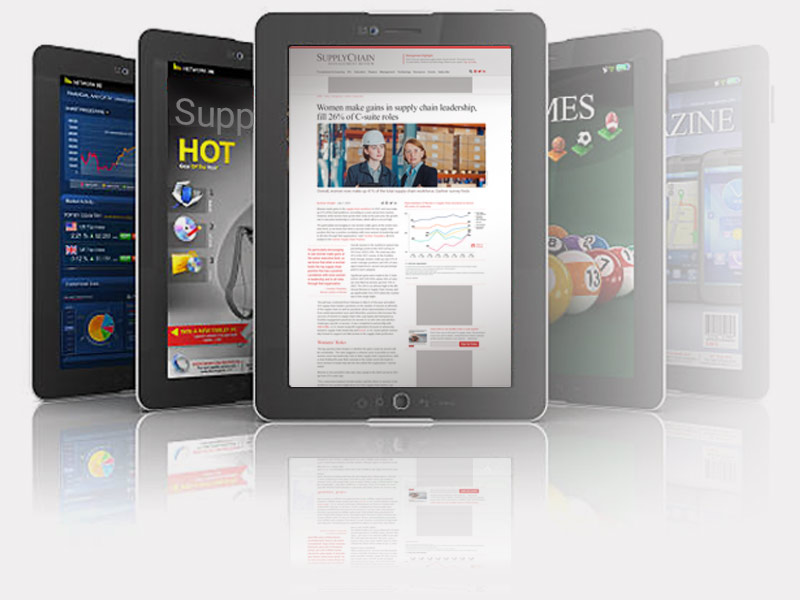Sue Williams is managing director at business improvement specialist Hexagon Consultants. Williams is a highly experienced business consultant who has been supporting, advising and consulting on a plethora of business management challenges, performance improvement problems, and growth strategies across a multitude of industries for more than 25 years.
Over the span of her career, Williams has experienced some major milestones, including being appointed head of supply chain for the UK’s COVID-19 Vaccine Task Force, reducing gross inventory by £30m for a distribution business and achieving cost savings of £12m on a major aerospace project. In addition to this, she also delivers master classes for the Supply Chain Leadership Programme at the University of Warwick.

Williams dropped by to answer 6 Questions on the state of supply chains. (Answers have been edited for clarity and length)
SCMR: Supply chains today face a convergence of challenges, from political tensions around the world to cybersecurity threats. In your view, what risk factors are most overlooked by supply chain leaders right now?
WILLIAMS: I believe that many supply chain leaders tend to focus primarily on first-tier suppliers, those that are closest to them, and on foreign affairs disruptions such as Trump’s tariffs. Although these factors are hugely important, this often leads them to overlook deeper systemic risks, like the fragility of second and third-tier suppliers who may be further removed.
Additionally, increasing digital compliance requirements, particularly in light of recent cyberattacks, are often neglected which can strain supply chains and reputations. There are also talent shortages in logistics and planning that frequently go unnoticed.
Supply chain flexibility no longer provides businesses with the competitive advantage it once did, with rising tensions and sustainability pressures, it has become a necessity for businesses to develop flexible and robust supply chains to allow them to pivot and quickly react to change to ultimately ensure sustained growth.
These less obvious factors can cause significant shocks to supply chain operations. It’s crucial to treat every aspect of the supply chain as equally important to ensure effective damage control and enhance its resilience.
SCMR: Many companies are talking about diversifying their supply chains. What does meaningful diversification look like?
WILLIAMS: True diversification goes beyond simply adding more suppliers. It involves spreading risk across different regions, modes of transport, and time zones. For supply chain leaders, effective diversification means proactively developing alternative sources and strategies while also incorporating flexibility into contracts, capacity, and inventory management. This creates robust supply chains that can efficiently adapt to changes, all while maximizing profitability.
SCMR: Digitization has accelerated since the pandemic, but not all digital transformations are successful. What do you think separates the companies that get it right from those that struggle?
WILLIAMS: Since the pandemic, businesses have increasingly shifted from global to more localized, regional supply chains, having seen firsthand the risks of relying on single-source suppliers. Ongoing disruptions, from Houthi attacks to the return of Trump tariffs have only accelerated this. Many companies are now favoring nearshoring over reshoring to boost cost efficiency, shorten lead times, reduce inventory costs and better manage the risks of product loss, delays and rising shipping fees.
Organizations that view digitalization as a business transformation rather than merely an IT project are likely to achieve the greatest success. This approach requires starting with clear use cases, investing in well-connected data, and involving users early in the process. In contrast, those who fail often prioritize flashy tools over effective problem-solving processes and overlook the need for alignment within the organization.
SCMR: The rise of AI in supply chain planning and operations is hard to ignore. Where do you see the most immediate, practical applications, and where is the hype getting ahead of reality?
WILLIAMS: The rise of AI is evident in various industries and processes. In supply chain planning and operations, AI is already delivering real value through demand sensing, predictive maintenance, and inventory optimization and management. However, the dream of fully autonomous supply chains remains a distant goal. Without strong data foundations and organizational readiness, the technology cannot fulfil its promises.
SCMR: Many organizations still operate in silos across procurement, logistics, and manufacturing. What strategies have you seen work to break down those barriers and drive cross-functional collaboration?
WILLIAMS: Some of the most effective strategies I have observed include aligning incentives across functions, embedding integrated planning routines such as sales and operations planning, and investing in collaborative platforms that provide a single version of the truth.
Leadership plays a crucial role in modelling and enforcing cross-functional behaviors. The transfer of knowledge involves identifying skills, best practices, technology, and digital concepts that have been successfully implemented in one industry, modifying them to make them applicable to a different sector, and then applying these processes or knowledge in another marketplace.
Supply chain leaders are increasingly empowered to adopt this innovative approach as they recognize the capabilities and benefits of knowledge transfer. By adopting proven solutions, they can improve efficiencies and mitigate potential challenges, fostering cross-functional collaboration.
SCMR: Looking ahead to the next 2–3 years, what trends do you believe will reshape how supply chains are designed and managed?
WILLIAMS: Looking to the future, I believe we will see significant shifts toward nearshoring and regionalization to enhance resilience in light of geopolitical tensions, such as those created by Trump’s tariffs. As more supply chain leaders explore the potential of artificial intelligence, we can expect an increase in AI-powered scenario planning.
Regarding sustainability, stricter environmental, social, and governance (ESG) and regulatory compliance demands will become more prevalent. Supply chains will need to be more adaptive, data-driven and ecosystem-based.
The key is to integrate sustainability into core decision-making rather than treating it as a separate objective. Companies that succeed often focus on initiatives that provide dual benefits, such as reducing waste, optimizing transport routes, or increasing energy efficiency, which support both ESG targets and improve a company’s bottom line.
SCMR: Thank you.
SC
MR


More Supply Chain Management
- From flight decks to fulfillment: A veteran’s supply chain journey
- Trust the team, win the customer
- 6 Questions With … Sue Williams
- The Strategy-Driven Supply Chain Lab: A 5-step guide to cultivate strategic thinking about your supply chain
- Better AI does not always mean bigger
- More Supply Chain Management
What's Related in Supply Chain Management

 Explore
Explore
Topics
Procurement & Sourcing News
- C.H. Robinson rolls out AI agent to address LTL classification overhaul
- Danone latest to announce new US investment
- Uber Freight’s Val Marchevsky to deliver Keynote at NextGen Supply Chain Conference
- Unlocking the green grid: Innovations for eco-friendly last mile
- Dealing with supply chain complexities with scenario intelligence
- Securing critical minerals during a global trade war
- More Procurement & Sourcing
Latest Procurement & Sourcing Resources

Subscribe

Supply Chain Management Review delivers the best industry content.

Editors’ Picks




